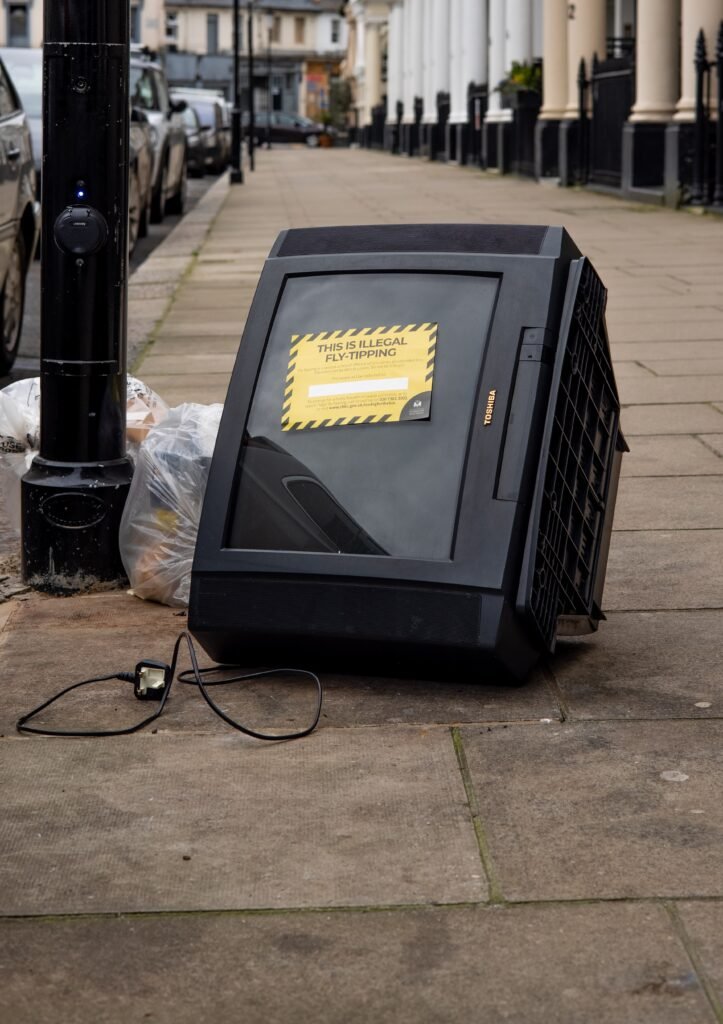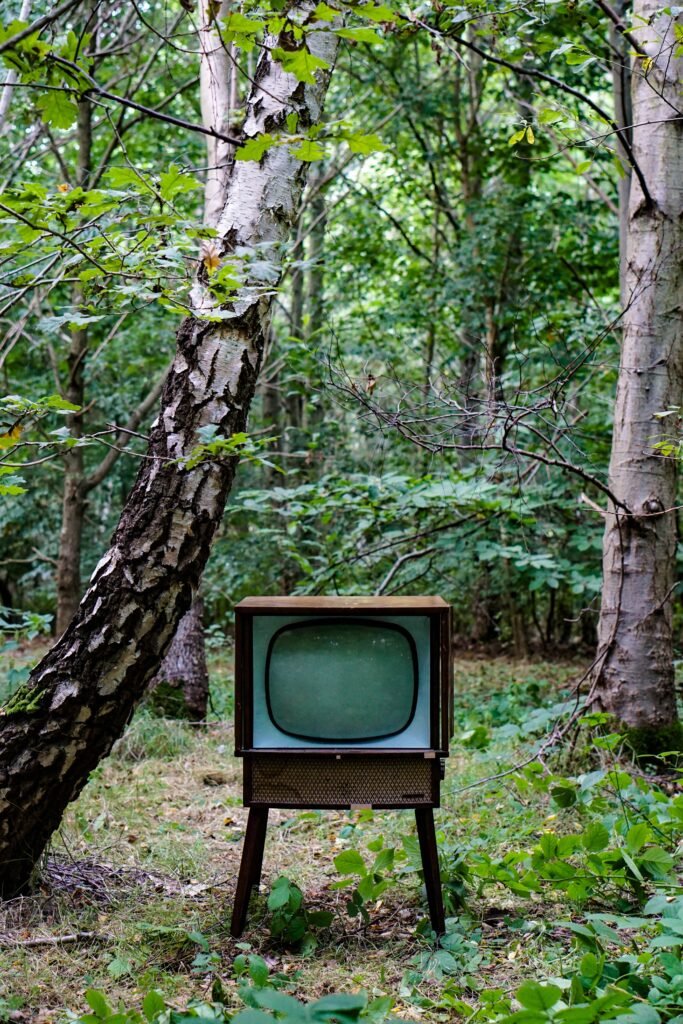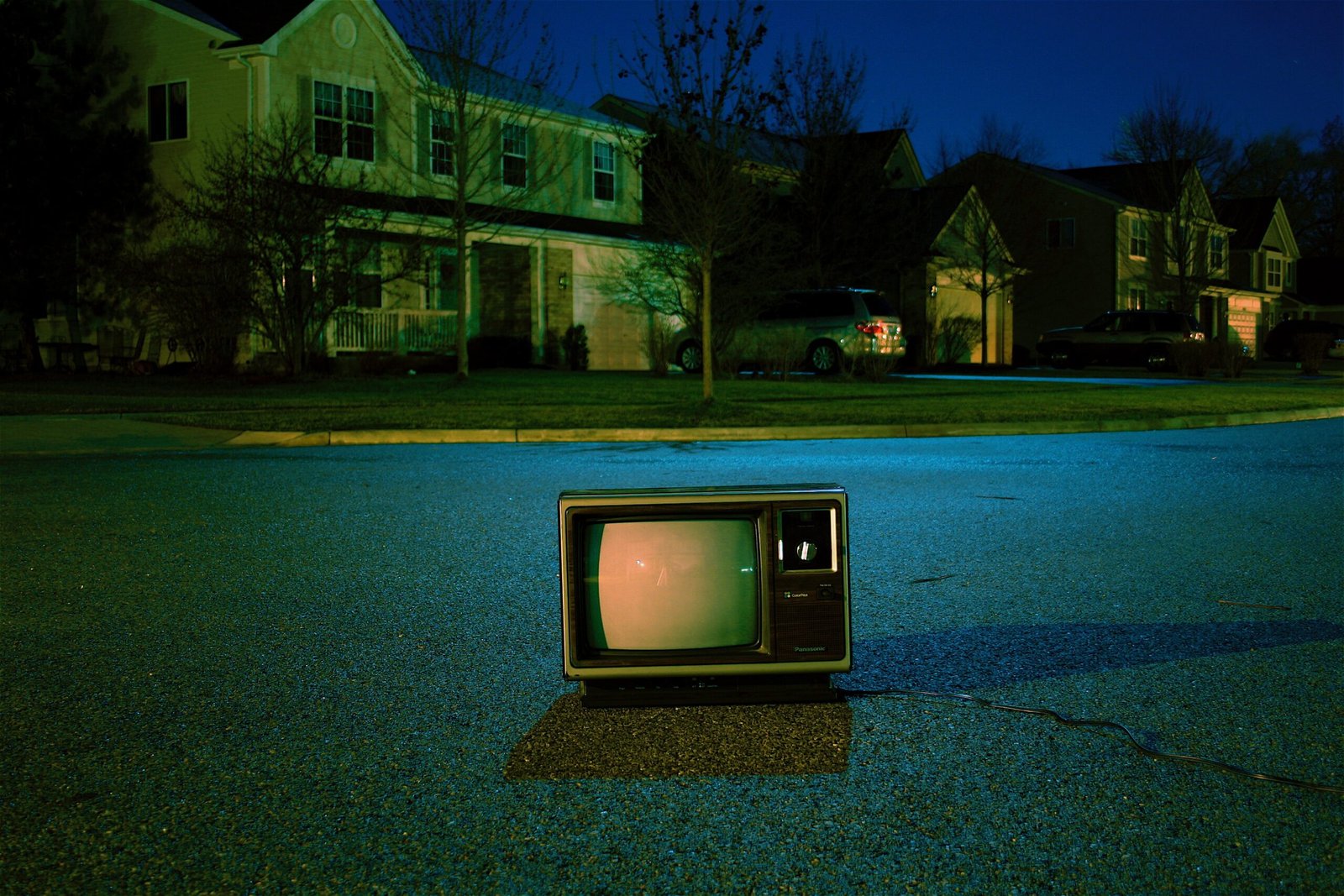Introduction
It’s no secret that electronics are one of the most difficult items to recycle. Many people don’t even bother trying, opting instead to simply throw them away. However, this is actually a huge waste – not only of the resources that went into making the product in the first place but also of the valuable metals and other materials that can be extracted from them.
One of the most common electronics that people need to recycle is an old CRT TV or monitor. These can be extremely tricky to get rid of, as most e-waste recycling centers won’t accept them. But with a little bit of effort, you can recycle your old CRT properly and keep it out of the landfill.
Why recycling old CRT TVs and monitors is important?
When it comes to recycling, old CRT TVs and monitors often get overlooked. But recycling them is actually important for a few reasons.
For one, old CRT TVs and monitors contain lead. Lead is a toxic metal that can cause serious health problems if it’s ingested or inhaled. So, when these devices end up in landfills, the lead can leach into the soil and water. This can contaminate both the environment and the people who live near the landfill. They contain other harmful materials, such as cadmium and mercury. These chemicals can also pollute the environment if they’re not disposed of properly.
Another reason to recycle old CRTs is that they contain precious metals which can be collected and recycled to gain monetary value
Recycling old CRT TVs and monitors helps to protect the environment and ensure that harmful materials inside them are disposed of properly. So, if you have an old TV or monitor that you’re no longer using, be sure to recycle it!

How to properly recycle your old CRT TV or monitor?
When it comes to recycling your old CRT TV or monitor, there are a few things you need to keep in mind.
First of all, make sure that you recycle responsibly and safely. Make sure to recycle at a certified facility that can properly recycle CRT TVs and monitors.
Secondly, make sure to recycle all other components of your TV or monitor, such as the power cord and remote control.
To get to the CRT tube, you must first remove the housing, then all of the metal cage, clean sheet steel, and then there is a circuit board scrap on the bottom, which you simply cut off and retrieve the wires. The copper wire is thicker, while the lead wire is thinner, and the transformer core, which is mostly copper, is at the top. There are also some precious metals there.
Because there’s a pressured vacuum on the screen, you’ll need to make a hole in the side where it enters and exits so it doesn’t blow upon you as you cut the steel band off. Remove the clamp and twist, then replace it. Remove the clamp and twist, and the cone will easily fall out.
There’s the lead wire, and you cut the steel band with a cut-off wheel.
The separation of panel glass is done with a hot wire CRT cutter. It warms up the glue seal, allowing you to easily remove and discard it. You need to tap on the tensioner to keep the tension tight, and then it will split and break apart in a short period, giving you a full spool.
Now use the vacuum to suck the undesirable dust. That’s it; clean panel glass is simply normal glass, which is then placed in a separate Gaylord and recycled.
This must be done with an expert hand as hazardous materials like Lead may cause serious health issues.
By following these simple tips in a professional recycling center, you can help ensure that your old CRT TV or monitor is recycled properly and safely.
What happens to recycled CRT TVs and monitors
When you recycle your old CRT TV or monitor, the glass is separated from the rest of the unit and sent to a glass recycling facility.
The lead, aluminum, and other precious metals are then extracted and recycled separately.
The plastic casing is also recycled separately.
Finally, the remaining parts of the CRT TV or monitor are incinerated to generate energy.
By recycling your old CRT TV or monitor, you are helping to reduce the amount of waste that goes into landfills. You are also helping to conserve valuable resources, such as glass, lead, precious metals, aluminum etc.
Tips for proper CRT TV and monitor disposal
When it comes to CRT TVs and monitors, there are a few things to keep in mind when disposing of them.
First and foremost, you want to recycle them. Many local electronic stores offer recycling services for old TVs and monitors. If you can’t find a place to recycle your TV or monitor, you can check with your city’s solid waste department to see if they have any suggestions.
Another option is to reuse your old TV or monitor. If it’s still in working condition, you could donate it to a local thrift store or charity. You could also sell it online or at a garage sale.
If you can’t recycle or reuse your old TV or monitor, you will need to dispose of it properly. The best way to do this is to take it to a local landfill or hazardous waste facility. These facilities are equipped to handle electronic waste safely and responsibly.
By following these tips, you can ensure that your old CRT TV or monitor is disposed of properly.

Conclusion
Recycling old CRT TVs and monitors is important for the environment and our health and you are helping to reduce the amount of waste that goes into landfills or incineration. You are also helping to conserve valuable resources, such as glass, lead, and metals. Make sure to recycle responsibly and safely to ensure that these devices are properly disposed of. So recycle responsibly and safely today! Thanks for reading!



